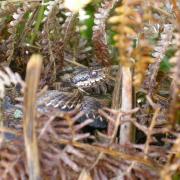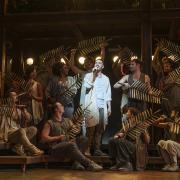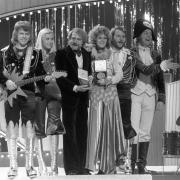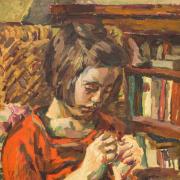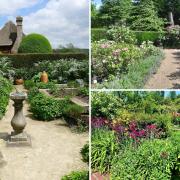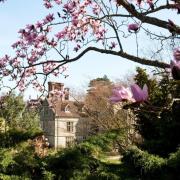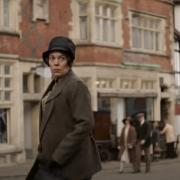Painter Stanley Spencer’s profound commentary on the banality of day-to-day existence, set against a background of war and violence, is at Pallant House Gallery this month. Curator Simon Martin explains its importance

The painter Stanley Spencer (1891-1959) is widely considered to be one of England’s greatest modern artists. Idiosyncratic and individual, he would often depict scenes from the Bible set within the Berkshire village of Cookham. Spencer’s work is invariably deeply personal, but perhaps the most poignant are his cycle of paintings for the Sandham Memorial Chapel in Burghclere, which were inspired by his experiences in the First World War. Described by the historian Simon Schama as “the most powerful art to emerge from the carnage of the Great War”, the paintings have been permanently housed at the chapel since their completion in 1932. Now in the care of the National Trust, the chapel was built by John Louis and Mary Behrend to house the products of Spencer’s artistic genius, and was later dedicated to Mary Behrend’s brother, Harry Sandham, who had died of an illness he had contracted during the First World War, whilst fighting in the ‘forgotten’ front of Salonika. To mark the centenary of the start of the First World War in 1914, the paintings have been temporarily removed from the chapel while it undergoes major conservation work, and will instead be displayed at Pallant House Gallery in Chichester.
Created between 1927 and 1932, the murals represent Spencer’s time as a hospital orderly in Bristol and as a soldier on the Salonika front. His recollections, painted entirely from memory, focus on the domestic rather than the combative and evoke everyday experience – washing lockers, inspecting kit, sorting laundry, scrubbing floors and taking tea – in which he found spiritual resonance and sustenance. Peppered with personal and unexpected details, the murals combine the realism of everyday life with dreamlike visions drawn from his imagination. In his own words, the paintings are “a symphony of rashers of bacon” with “tea-making obligato”, and describe the banal daily life that, to those from the battlefield, represented a “heaven in a hell of war.” For Spencer, the menial became the miraculous, a form of reconciliation.
Prior to the outbreak of the First World War, Spencer had been part of an extraordinary generation of students at the Slade School of Art from 1908-1912, with his contemporaries including the artists David Bomberg, Dora Carrington, Mark Gertler, Paul Nash, C.R.W. Nevinson, William Roberts, and Edward Wadsworth, which had been described by the drawing master Henry Tonks as the school’s last “crisis of brilliance”. Tonks had fostered an appreciation of the art of the Renaissance, giving the students assignments with set titles that were drawn from themes from the Old Masters. At this time Spencer was already developing his own strongly-held Christian beliefs, and he later recalled: “becoming conscious of the rich religious significance of the place I lived in.”
Whilst at the Slade, Spencer began to depict Cookham as a “holy suburb of Heaven”, and painted numerous religious subjects, including The Nativity (1912), and John Donne Arriving in Heaven (1911), which was shown in the Second Post-Impressionism Exhibition, organised by Clive Bell and Roger Fry at the Grafton Galleries, London in the autumn of 1912, alongside the work of Cézanne, Matisse, Picasso and the British artists Vanessa Bell, Eric Gill and Duncan Grant.
Although Spencer was shown with modern artists, the Sandham Memorial Chapel has been called “England’s Sistine Chapel”, and indeed Spencer’s paintings are deeply indebted to the work of Italian Renaissance masters, in particular Giotto. Like Giotto’s Scrovegni Chapel in Italy, Spencer’s chapel is a masterpiece, and yet it is also timeless. It is a memorial not about death or violence, but the experience of living in wartime, the promise of life beyond death through memorialisation, and the existence of the past in the present. As Spencer later claimed: “I wanted when I had finished the Burghclere work to do not a chapel to do with war but to do with the more vital meaning of peace." Stanley Spencer: Heaven in a Hell of War is at Pallant House Gallery, 15 February- 15 June




